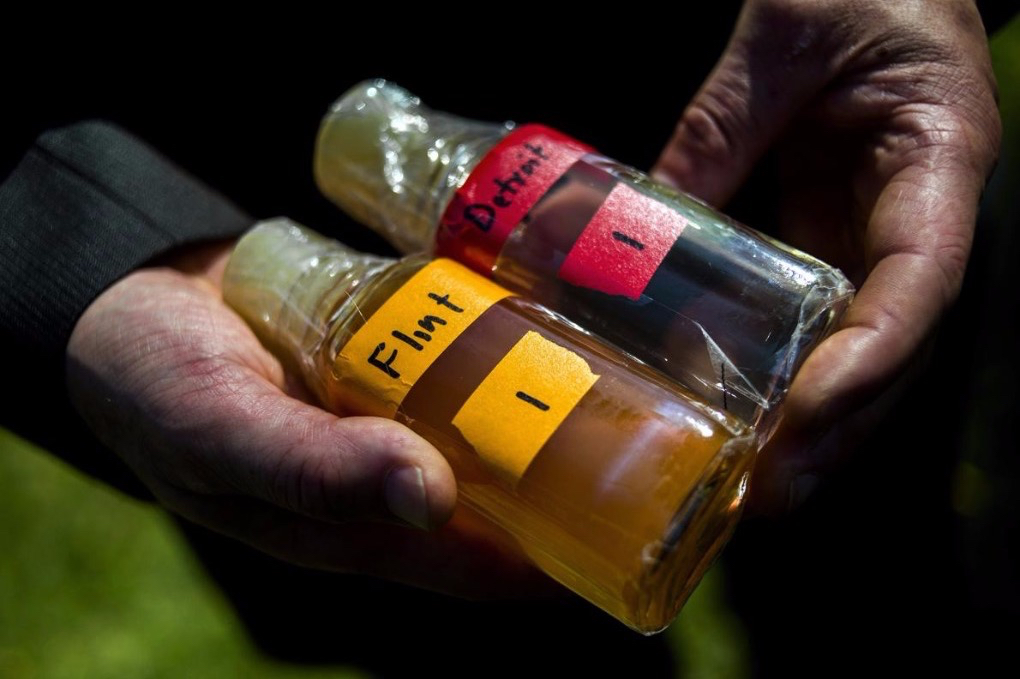
Jackson asks what catastrophes might have been averted had national media outlets stepped in sooner-and why it took so long for the Flint water crisis to become a story worthy of national attention. Additionally, the nature of some of the coverage was problematic: Complaints of citizens were discounted when compared to the comments of officials, residents were portrayed as hopeless and downtrodden despite months of action, and narratives of “heroes” excluded African American activists in a city that is 57 percent black. Sustained and widespread media attention was not given until late 2015 and early 2016, when the state of Michigan and President Obama declared an emergency over high levels of lead in the water and in the blood of thousands of children. Yet it was not until March 2015-nearly a year after complaints began-that national media began to pay some attention. The crisis began in April 2014, and was covered diligently by local press from the outset Jackson details local reports of resident complaints, community meetings and protests. In June 2017, five Michigan officials were charged with involuntary manslaughter for their role in the Flint water crisis-more than three years after residents had first noticed that something was wrong with their water. Jackson, Joan Shorenstein Fellow (fall 2016), Boston Globe essayist, and a climate and energy writer for the Union of Concerned Scientists, examines the failure of national media outlets to respond to the Flint water crisis in an urgent manner, as well as biases in coverage. The crisis offers an opportunity for communities to assess and understand their own emergency preparedness efforts.A new paper by Derrick Z. Major legal and policy challenges surfaced during the crisis and its aftermath, bringing attention to how the structure and implementation of laws related to public health, safe drinking water, and emergency financial management can negatively impact the health of a community. Remediation efforts improved the situation, but the lead exposure will negatively affect the community’s health, especially its children, for years. Mona Hanna-Attisha of Hurley Medical Center in Flint published a report showing an increase in lead exposure among children exposed to Flint’s water.įinally, in October 2015, Flint switched back to its original source by this time, there was already significant damage to the health of Flint residents and to their water system infrastructure.

In August of 2015, Professor Marc Edwards of Virginia Tech released a report indicating the corrosiveness of Flint’s water was causing lead to leach into Flint’s water supply. In the absence of government action, private citizens intervened in 2015, testing both water and blood lead levels in Flint.

East Side Health and Well-Being Collaborative.Collaboration for Antiracism and Equity.Great Lakes Integrated Sciences and Assessments Project.Emergency Legal Preparedness and Response.Substance Use Prevention and Harm Reduction.


 0 kommentar(er)
0 kommentar(er)
